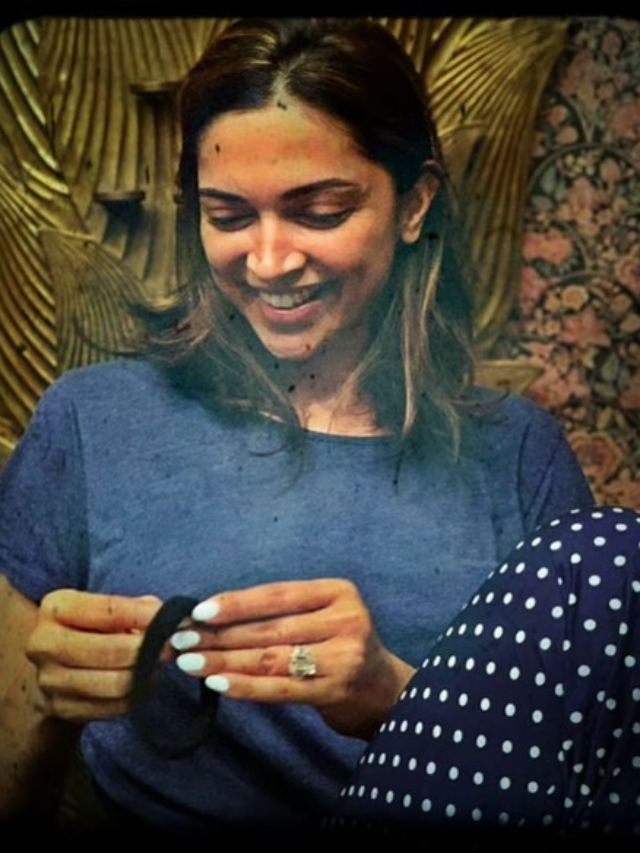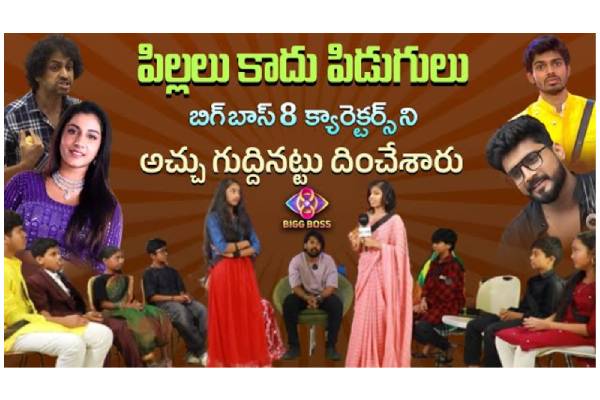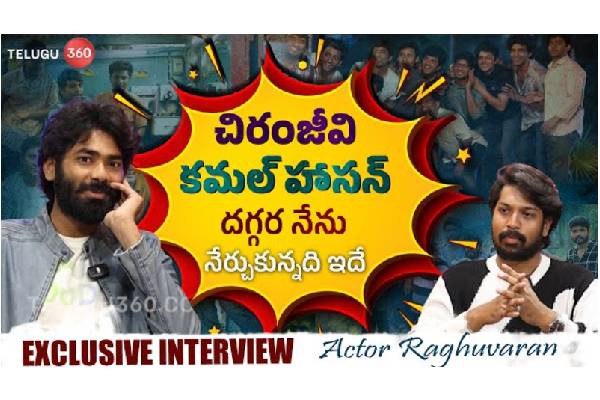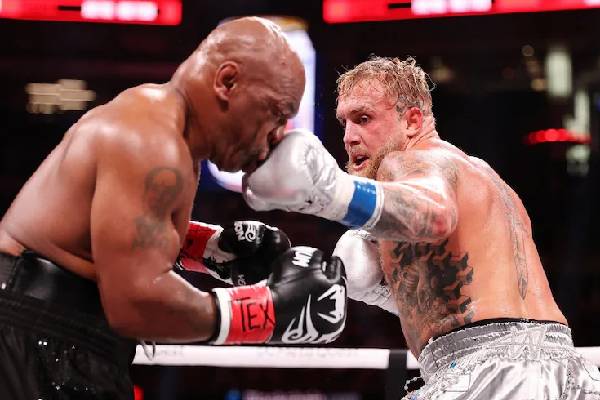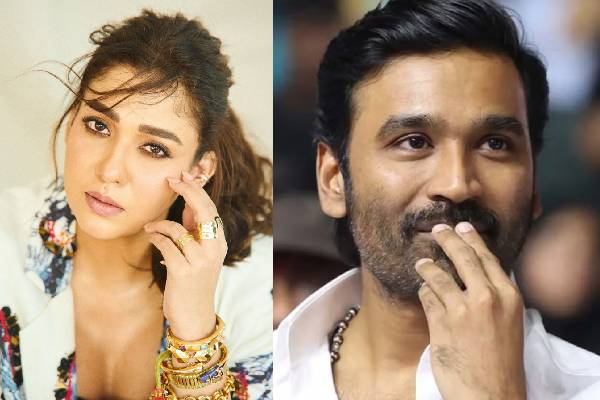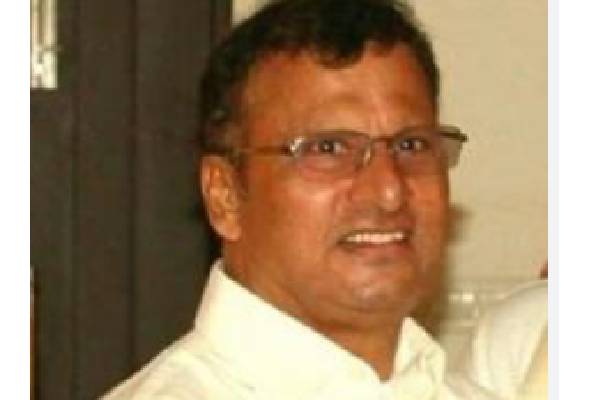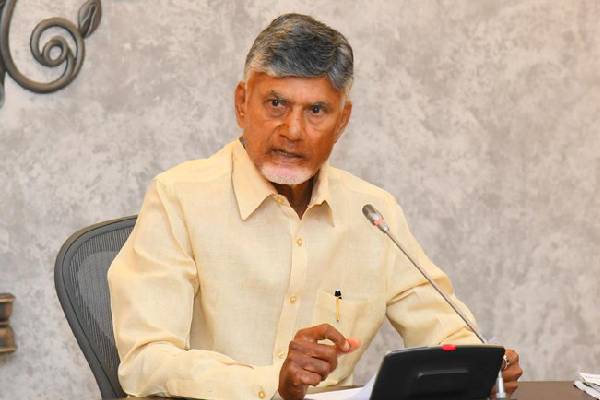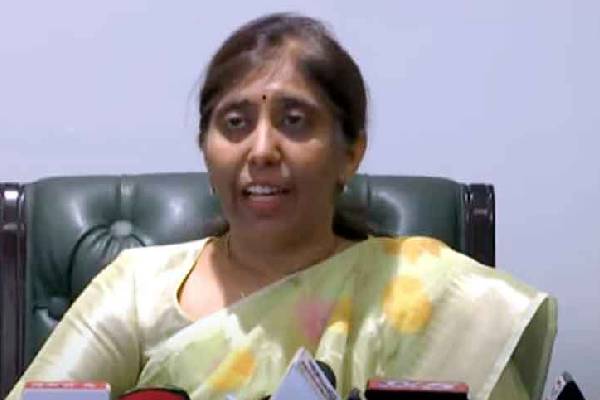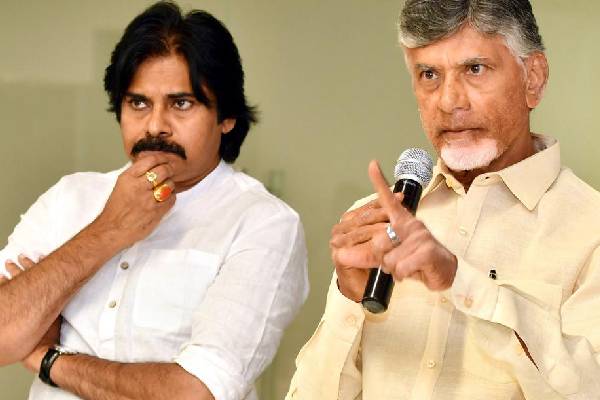The Bharatiya Janata Party’s (BJP) hope of avoiding the nightmare of a united opposition may well be fulfilled.
After K. Chandrashekhar Rao of the Telangana Rashtra Samithi poured cold water on the idea of a federal front floated by him and Mamata Banerjee some time ago, the Bahujan Samaj Party (BSP) czarina, Mayawati, has scuttled the possibility of a united opposition battling the BJP by charting out her own course.
By forming an alliance with breakaway Congress leader Ajit Jogi in Chhattisgarh and unilaterally announcing the names of 22 BSP candidates in Madhya Pradesh, Mayawati has virtually dumped the Congress and exposed the hollowness of the bonhomie which the non-BJP leaders had displayed at the swearing-in of Karnataka Chief Minister H.D. Kumaraswamy in Bengaluru last May.
All eyes will now be on Uttar Pradesh to see whether the understanding between the Samajwadi Party (SP) and the BSP, which paid rich dividends for the two in recent by-elections, will last till 2019.
Given Mayawati’s disinclination to go along with the Congress and her demand for a “respectable” share of seats in an electoral arrangement, it is open to question whether the Uttar Pradesh tie-up will survive the strains of her mercurial temperament.
Several reasons have been cited to explain her hesitancy to be a part of a broad-based anti-BJP front. One is that she is under pressure because of the pending cases against her being pursued by the Enforcement Directorate and other government agencies.
The other is that she wants to assert her hold on the Dalits at a time when young leaders of the community like Jignesh Mewani and Chandrashekhar Azad “Ravan” are coming to the fore.
A third factor is her known unrealiability as an ally which was in evidence in Uttar Pradesh in the mid-1990s when she dumped the SP in favour of her sworn enemy at the time, the BJP, and then ditched it as well.
More recently, she is back to an understanding with the SP which, too, had become a sworn enemy following the so-called circuit house incident in Lucknow in 1995 when she faced a serious threat from a group of Samajwadi Party “goons”.
However, what the latest uncertainties in the wake of her politicking suggests is that a far more concerted attempt to form an alliance of the national opposition parties is needed than the present desultory initiatives that are being undertaken by leaders like Mamata Banerjee and Sharad Pawar.
For this purpose, an occasional dinner or a march to “save” the Constitution are not enough. There have to be regular meetings of the leaders of parties whose commitment to take on the BJP is unequivocal — a test in which the BSP has failed.
Among the parties whose “secular” credentials and reliability can be trusted are the Congress, the Trinamool Congress, the Rashtriya Janata Dal, the Samajwadi Party, the National Conference, the Left parties and the Nationlist Congress Party — although Sharad Pawar’s comment that the people do not doubt Modi’s intentions on the Rafael deal will bother the Congress.
The prime ministerial ambitions of some the leaders like Mamata Banerjee are known, but these motivations need not come in the way of bringing together like-minded parties on a common platform, leaving the leadership question for the future. But to do so, there is a need for someone to assume the responsibility of doing the hard work of networking.
Can Rahul Gandhi be the person since Mamata does not quite have a pan-Indian persona while Sharad Pawar at 78 may not have the energy to do the running around a la Amit Shah?
The West Bengal Chief Minister’s other difficulty is that she is apparently facing considerable problems at home. As the violence during the panchayat elections showed, there are widespread misgivings about the law and order situation in the state where the Trinamool Congress cadres are seemingly emulating the earlier lawlessness of the Marxists.
Since the unsettled conditions are being exploited by the BJP to establish itself in the state, the Chief Minister faces a political challenge as well. She may not have the time, therefore, to stitch together an opposition combine by reaching out to the various leaders across the country.
The Congress president is better placed in this respect. He is relatively young at 48 and is not burdened by administrative duties. He is also now far more energetic than when he was caught napping in parliament.
His disadvantage is that he is not a “natural” politician like his sister Priyanka and is generally seen to be standoffish and ill at ease with the leaders of other parties, especially the elder ones among them.
But it is now generally agreed that he is becoming more adept at interactions. Given the challenges which the Congress is facing in the wake of Mayawati’s cynical manoeuvres, Rahul has no alternative but to leave no stone unturned in the quest for forging a viable opposition unity.














